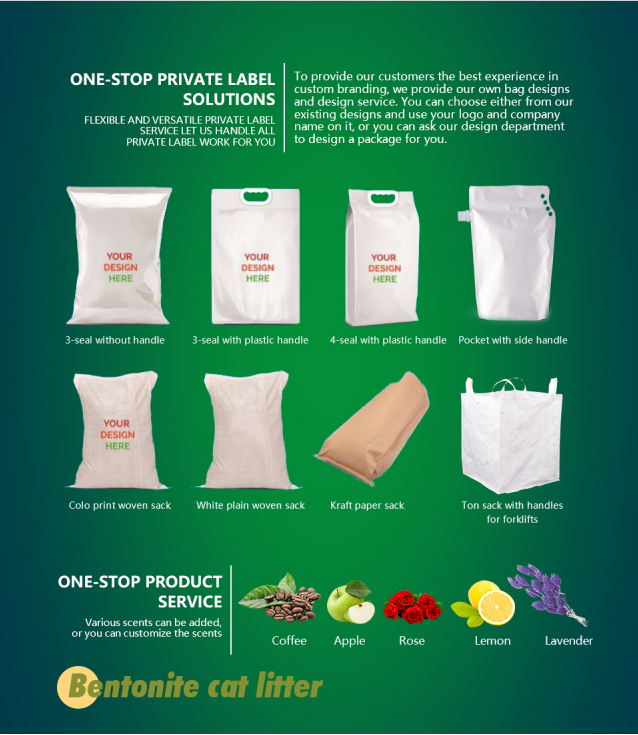Feb . 10, 2025 10:27
Back to list
Rubber Layflat Fire Hose
In the dynamic world of firefighting, the tools and equipment used play a crucial role in efficiently battling blazes and saving lives. One of the most fundamental and indispensable tools in this arena is the hose. Understanding the different types of hoses used in the fire service not only requires technical knowledge but also insights from real-world experience and expertise. Here, we explore various fire hoses curated through extensive research and insights from seasoned firefighting professionals to provide a comprehensive guide.
Booster hoses are designed for smaller fires or situations where portability and quick operation are necessary. They are usually mounted on reels and range from 0.75 inches to 1.5 inches in diameter. Known for their flexibility and lightweight build, they allow rapid deployment from fire engines, making them ideal for grass fires or minor blazes requiring immediate action. Constructed with a durable outer rubber jacket, booster hoses can withstand wear from frequent handling and retraction. 4. Forestry Hoses Meeting Nature’s Challenge Forestry hoses are specialized to tackle wildland fires. They are made to be lightweight yet strong, often crafted from synthetic materials that resist abrasion and withstand the rigors of outdoor environments. These hoses are typically smaller in diameter (1 inch to 1.5 inches) and are designed to be highly portable for use in remote areas. Their construction allows for quick connections and disconnections, an essential feature when fighting quickly spreading wildfires in challenging terrains. 5. High-Pressure Hose Reels Precision and Control In certain scenarios, precision and target-specific water delivery are paramount. High-pressure hose reels are employed in industrial settings or urban environments where fires can occur in confined spaces. These hoses, usually smaller in diameter and contained within a reel, allow for controlled and directed application of water, minimizing collateral damage and ensuring safety in delicate environments. Through a blend of technological advancements and expert insights, the modern fire hose has evolved to meet the demanding needs of today's firefighting professionals. Professionals continue to champion training and innovation to enhance the efficacy and safety associated with these indispensable tools. Emphasizing real-world application, it becomes clear that a comprehensive understanding of each type of hose and its appropriate deployment is critical in optimizing firefighting efforts and safeguarding communities. Ultimately, the expertise and experience shared by firefighters in real-world scenarios mold the continual refinement of these essential tools, ensuring that fire departments are equipped with the most effective and reliable equipment to combat fires of any scale.


Booster hoses are designed for smaller fires or situations where portability and quick operation are necessary. They are usually mounted on reels and range from 0.75 inches to 1.5 inches in diameter. Known for their flexibility and lightweight build, they allow rapid deployment from fire engines, making them ideal for grass fires or minor blazes requiring immediate action. Constructed with a durable outer rubber jacket, booster hoses can withstand wear from frequent handling and retraction. 4. Forestry Hoses Meeting Nature’s Challenge Forestry hoses are specialized to tackle wildland fires. They are made to be lightweight yet strong, often crafted from synthetic materials that resist abrasion and withstand the rigors of outdoor environments. These hoses are typically smaller in diameter (1 inch to 1.5 inches) and are designed to be highly portable for use in remote areas. Their construction allows for quick connections and disconnections, an essential feature when fighting quickly spreading wildfires in challenging terrains. 5. High-Pressure Hose Reels Precision and Control In certain scenarios, precision and target-specific water delivery are paramount. High-pressure hose reels are employed in industrial settings or urban environments where fires can occur in confined spaces. These hoses, usually smaller in diameter and contained within a reel, allow for controlled and directed application of water, minimizing collateral damage and ensuring safety in delicate environments. Through a blend of technological advancements and expert insights, the modern fire hose has evolved to meet the demanding needs of today's firefighting professionals. Professionals continue to champion training and innovation to enhance the efficacy and safety associated with these indispensable tools. Emphasizing real-world application, it becomes clear that a comprehensive understanding of each type of hose and its appropriate deployment is critical in optimizing firefighting efforts and safeguarding communities. Ultimately, the expertise and experience shared by firefighters in real-world scenarios mold the continual refinement of these essential tools, ensuring that fire departments are equipped with the most effective and reliable equipment to combat fires of any scale.
Latest news
-
Top Quality Oxy Acetylene Hoses for Sale Fit for Welding DemandsNewsJul.28,2025
-
The Future of Pneumatic Air Tubes in IndustryNewsJul.28,2025
-
Superior and Reliable LPG Hose Pipe Solutions for Every NeedNewsJul.28,2025
-
Exceptionally Durable and Versatile Premium Braided PVC TubingNewsJul.28,2025
-
Best Adapters for Connecting Garden Hose to PVC Pipe ConnectionsNewsJul.28,2025
-
The Essential Role of LPG Hoses in Safe and Efficient Gas DistributionNewsJul.16,2025
HOT PRODUCT
Provide You The Highest Quality Work
INQUIRE














